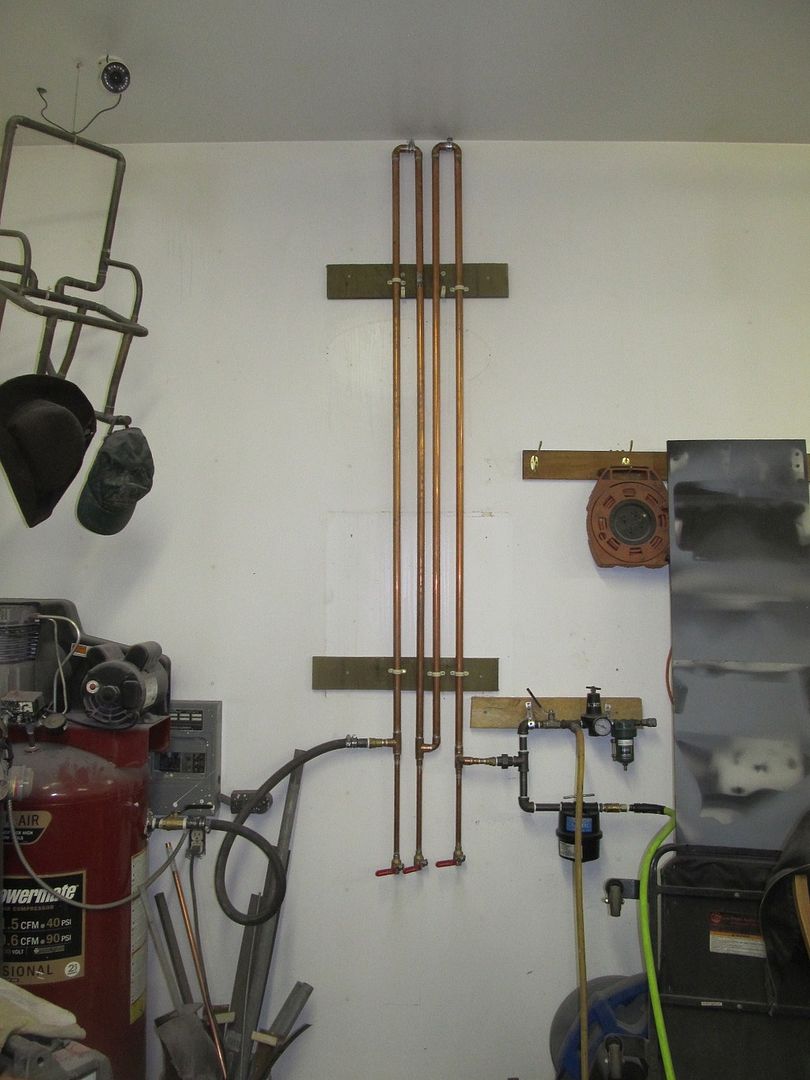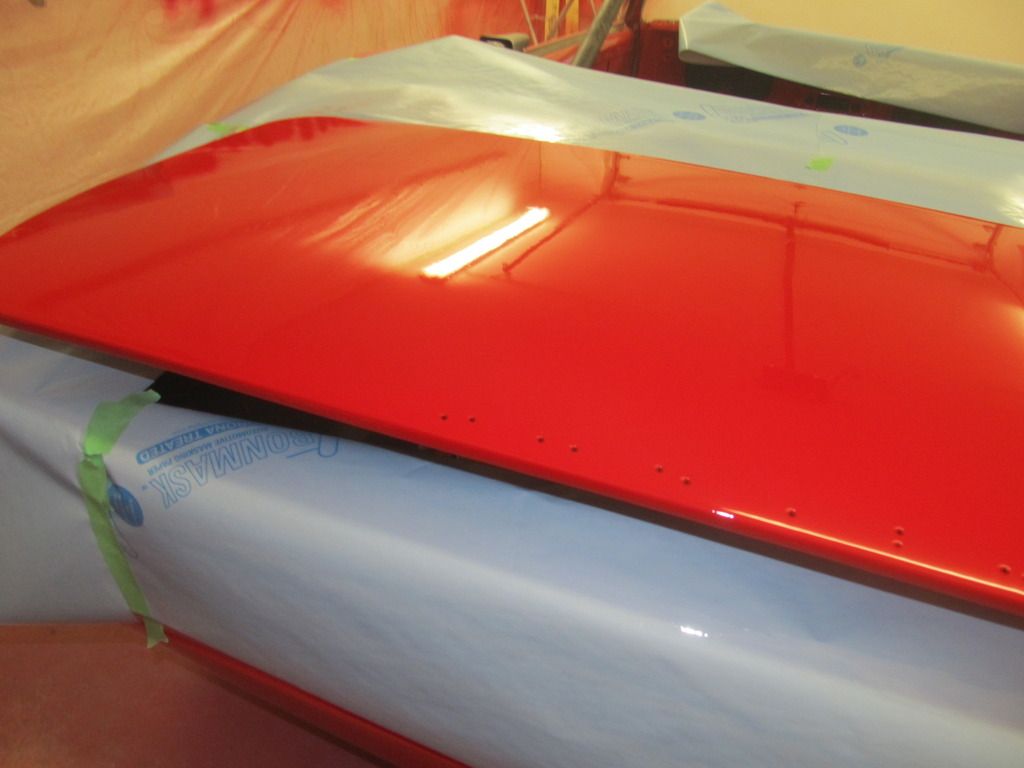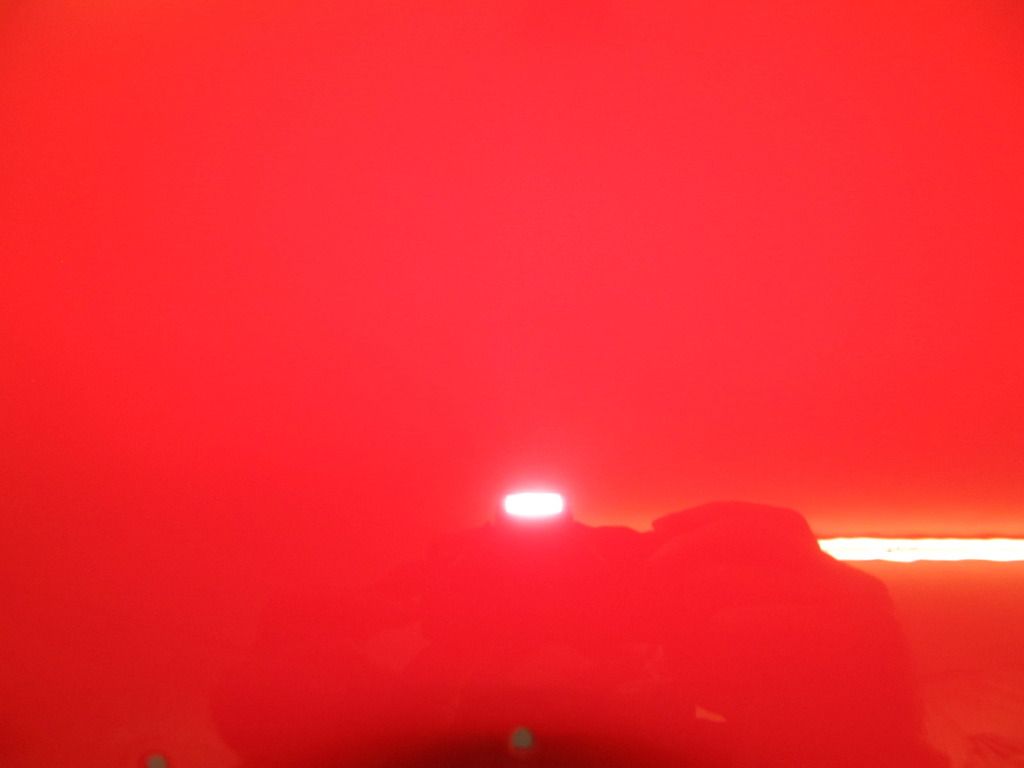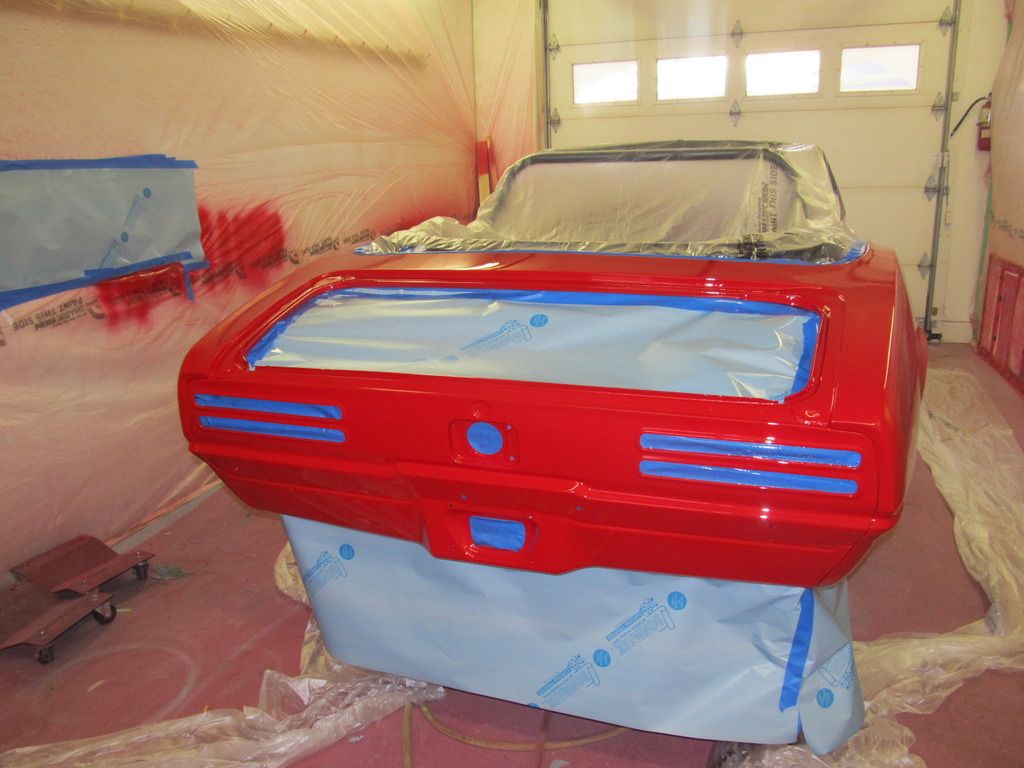C
cstevens71
Hi all , I sprayed some uv clear , did not come out well at all. I Sprayed 3 coats of ss red ,which came out perfect , little orange peel , no runs and normal amount of dust for a home paint job. I was planning on shooting 3 coats of clear, wait a cple months then cut and buff
I sprayed the ss on pretty heavy , 1/2 gallon for 2 doors ,quarters and trunk lid. Used a starting line gun , 1.5 tip,30 psi and was a piece of cake.
So I thought I would spray the clear on the same way ,did three coats of clear ended with about 30 percent of the surface having this rough texture, after thinking about it all day , I think I made the following mistakes.
1- had a hard time controlling the clear , if I put it on so it looked nice , it turned into a run ,so I think the texture is from me backing off too much?
2 - After I did a cloat of clear , I mixed up the next pot to kill time(waited about 45 minutes) - Would the clear start to set by then?
3 - Way to much spray for a rookie , I had the fan wide open , by the time I got to the last panel there was so much clear in the air I couldn't see how it was going on
I was going to still wait a few months ,then try to cut and buff ,but its too depressing to go out to garage and look and this mess , so after some reading I think I will try the flow coat method ,then leave it for a cple months and cut/buff
SO where I am at now . I am able to cut the clear down with 400 grit with out hittng the ss ,works well and I am able to get it all flat with the exeption of a couple small holes(Solvent pop?). , so I am thinking of dapping some clear in the holes, block the clear with 400,, and re-clearing with a 1.3 tip. Guess I have the following questions...
Is it the end of the world if I break the clear and hit my SS red ,I have some tricky spots that need to be smoothed out.
Do the pictures of the finish look like they match my diagnoses of where I failed in with the uv clear?
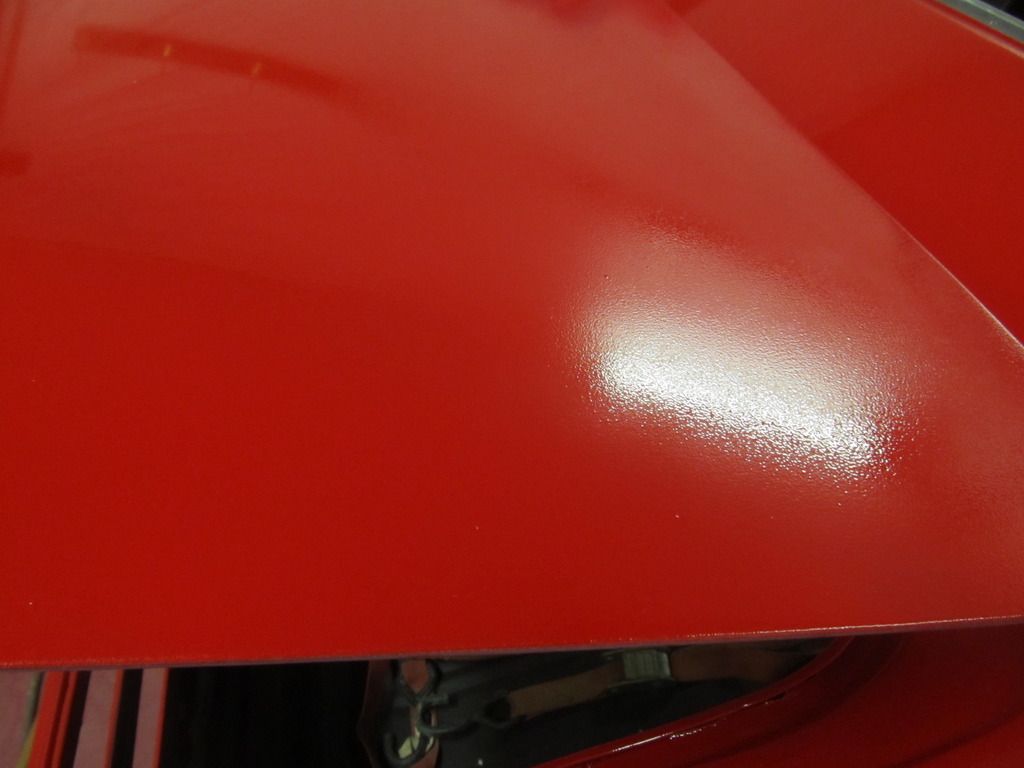
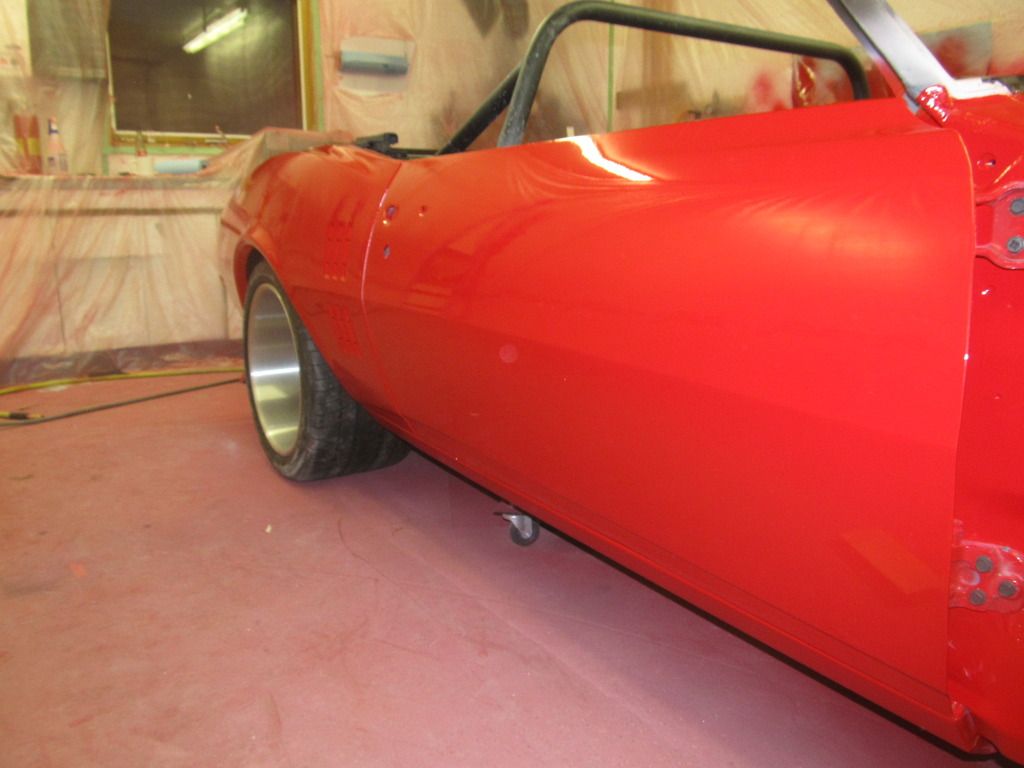
I sprayed the ss on pretty heavy , 1/2 gallon for 2 doors ,quarters and trunk lid. Used a starting line gun , 1.5 tip,30 psi and was a piece of cake.
So I thought I would spray the clear on the same way ,did three coats of clear ended with about 30 percent of the surface having this rough texture, after thinking about it all day , I think I made the following mistakes.
1- had a hard time controlling the clear , if I put it on so it looked nice , it turned into a run ,so I think the texture is from me backing off too much?
2 - After I did a cloat of clear , I mixed up the next pot to kill time(waited about 45 minutes) - Would the clear start to set by then?
3 - Way to much spray for a rookie , I had the fan wide open , by the time I got to the last panel there was so much clear in the air I couldn't see how it was going on
I was going to still wait a few months ,then try to cut and buff ,but its too depressing to go out to garage and look and this mess , so after some reading I think I will try the flow coat method ,then leave it for a cple months and cut/buff
SO where I am at now . I am able to cut the clear down with 400 grit with out hittng the ss ,works well and I am able to get it all flat with the exeption of a couple small holes(Solvent pop?). , so I am thinking of dapping some clear in the holes, block the clear with 400,, and re-clearing with a 1.3 tip. Guess I have the following questions...
Is it the end of the world if I break the clear and hit my SS red ,I have some tricky spots that need to be smoothed out.
Do the pictures of the finish look like they match my diagnoses of where I failed in with the uv clear?



